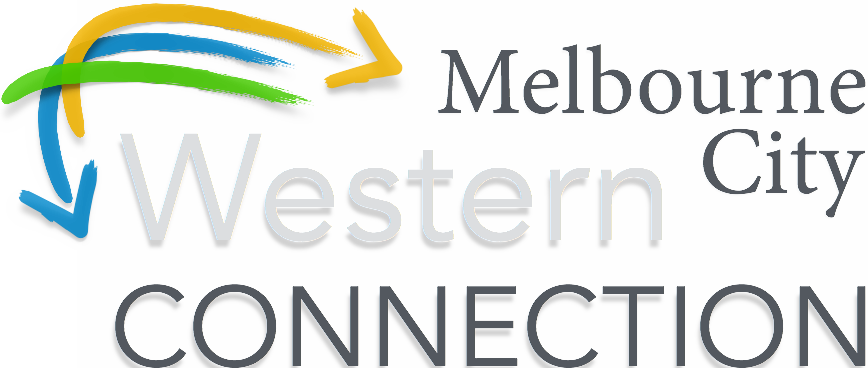The Cost
The Western Connection proposal will cost money and these costs will probably need to be met by the State Government, developer contributions and the Melbourne City Council. But as is often the case, the more you invest, the more returns you are likely to achieve. We can let E-Gate be built to the cheapest outcome for all, and chances are while apartments will be sold and commercial space leased, there is a good chance the site will be about as successful as Docklands.
Part of the cost concern will simply be, why take otherwise
The most expensive part of our proposal will be the shifting of the Regional Rail Link, but it will save the government money in the future. Given that this section of track is already going to be running at capacity by 2016, the opportunity to straighten and expand this train corridor and increase its capacity would be to the government's advantage. With proper consideration, the realignment of the train track could even increase the amount of land available to developers on the E-Gate site; the government would recover costs by having more land to sell.
Moving the diesel trains back to ground level will also reduce the overall pollution impact of diesel trains on the community. Not only will this make E-Gate more desirable to live and work in, it will also be better for the longterm health of the community. Taking the diesel trains back down to the same level as the metro trains would also create the opportunity for these trains to reconnect with North Melbourne Station, something that will advantage those commuters who catch regional trains to work in the city everyday.
Covering over sections of the train line to create commuter access from Hawke Street, Abbotsford Street and North Melbourne Station will potentially cost $10,000 a square metre. Again, this is a lot of money, but in an age when we are trying to encourage people to walk, cycle or catch public transport, this would make a big difference to commuter behaviour in this corner of the city. The opportunity to reduce the walk to and from work by two kilometres ( 30 minutes) every day not only encourage people to leave their cars at home, it would add more productive time to everyones day, employers included.
Then there is the parkland that would not only be central to E-Gate but would also be built on top of car parking. Developers would be encouraged to be the principal contributors in funding this part of the project; if they were to pay for the car-park development it could be possible the Melbourne City Council would contribute to the development of the parkland and urban forest on the site.
The opportunity to open up the connection between Docklands, E-Gate and the inner north of the city should not be underestimated; this is an opportunity to let tourists walk from Victoria Market, along Victoria Street and through parklands to Docklands. It is the opportunity to complete the loop about the city.
Aside from the costs, the bigger advantages in the Western Connection proposal lie in the long term returns, of which the most promising would simply be the opportunity to improve the overall value of the land for everybody.


